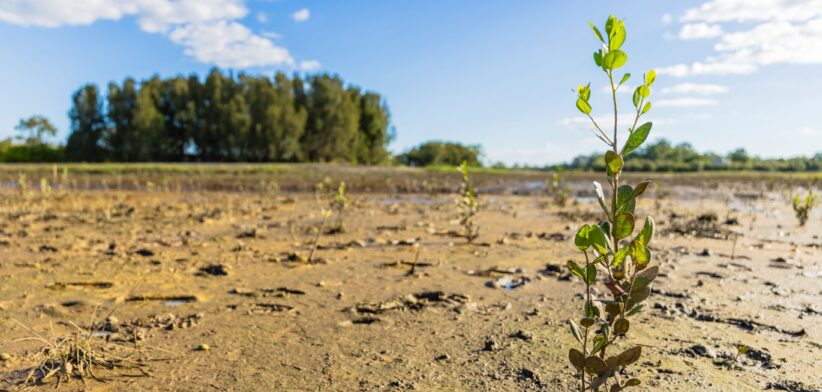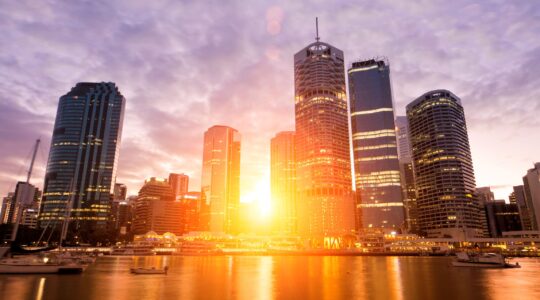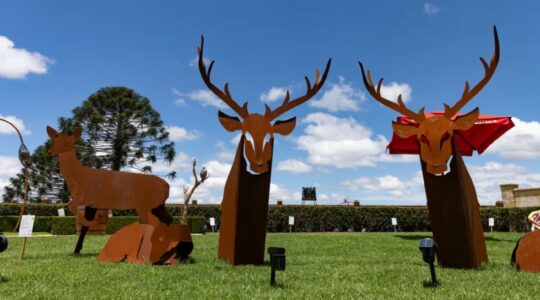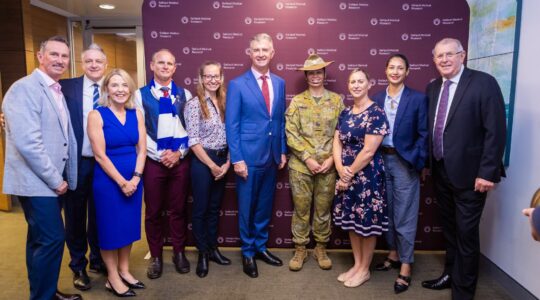Thousands of young mangroves plants are rejuvenating a wetlands area in Redland Bay in one of the first projects of its kind in Australia.
Redland City Mayor Jos Mitchell said a partnership between Council and Stockland had seen more than 35,000 plants propagated or salvaged and replanted into a new 9.8-hectare mangrove wetland at Stockland Shoreline, 43km southeast of the Brisbane CBD.
Mayor Mitchell said the project demonstrated how local government and developers could work together to deliver infrastructure that benefited both the community and the environment.
“This wetland sets a new benchmark for how we manage water while enhancing the natural environment in growing communities,” she said.
“It represents a new model for infrastructure and climate adaptation. It’s a forward-thinking solution that will help protect the Logan River, support biodiversity, and strengthen the long-term resilience of our region.”
Mayor Mitchell said the large-scale restoration comprised mangrove plants sourced from stormwater drains and construction sites and grown in a nursery.
She said the project, located next to the Southern Redland Bay Wastewater Treatment Plant, was transforming previously degraded and weed-infested land into a thriving mangrove forest and wetland ecosystem, creating vital habitat for fish, prawns and wading birds.
Stockland Senior Development Manager Phil Mann said the project was a leading example of how nature-based infrastructure could address environmental challenges while supporting community growth.
“What’s unique about this project is how we’ve salvaged vegetation that would typically be cleared into a living, functioning ecosystem – one that improves water quality, stores carbon, restores habitat, and delivers long-term environmental value for the Redlands,” Mr Mann said.
He said the wetland naturally filtered tidal water from the Logan River, removing nutrients and sediments with every incoming and outgoing tide.
“Once the plant begins operating, the wetland will ensure high-quality water continues to enter the river.”
Mr Mann said the dense mangrove root systems absorbed substantial amounts of carbon from the atmosphere, protected the shoreline from erosion and storm surge, and supported long-term climate resilience for the region.
He said after 18 months of work involving dozens of planting crews and ecological specialists, the result was a flourishing intertidal zone that was bringing biodiversity back and giving previously discarded plants a second life.
“We’re already seeing the return of habitat and wildlife – it’s working,” Mr Mann said.








